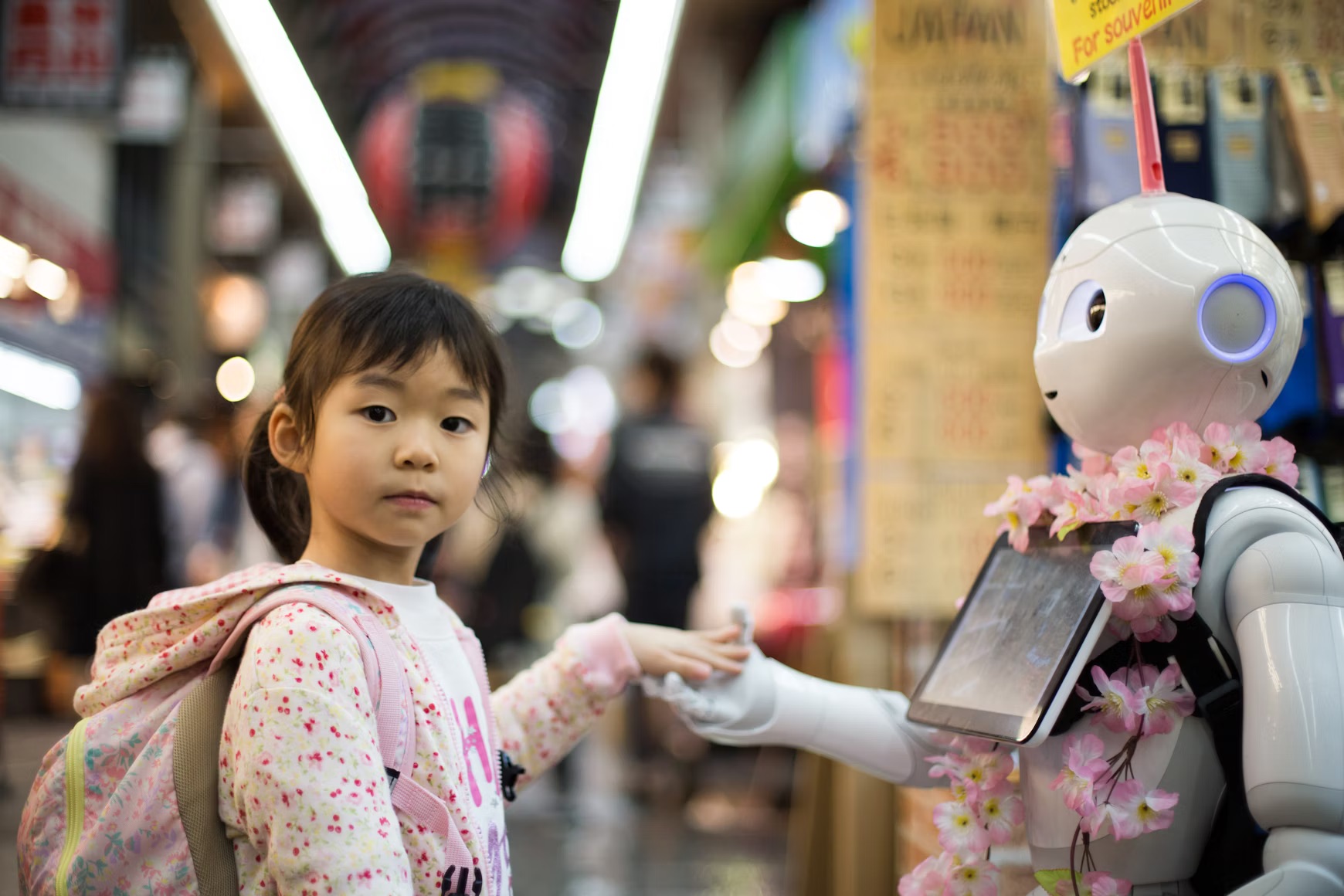
Renowned roboticist Rodney Brooks, who co-founded iRobot, has a wake-up call for investors pouring billions into humanoid robot startups, arguing that they are wasting their money. In a new essay, Brooks expresses particular skepticism about companies like Tesla and the high-profile AI robotics company Figure trying to teach robots dexterity by showing them videos of humans performing tasks. He calls this approach “pure fantasy thinking,” citing the fact that human hands have about 17,000 specialized touch receptors that no robot comes close to matching. While machine learning has transformed speech recognition and image processing, those breakthroughs were built on decades of existing technology for capturing the right data, something Brooks says is missing for touch data.
The Fundamental Challenges of Dexterity and Safety
Brooks also points out a major safety concern: the physics of full-sized, walking humanoid robots. They require massive amounts of energy to stay upright, and when they fall, they are dangerous. Brooks predicts that in 15 years, successful “humanoid” robots will actually have wheels, multiple arms, and specialized sensors and will abandon the human form. He is convinced that today’s billions in funding are going towards expensive training experiments that will never scale to mass production. This is not the first time Brooks has expressed a skeptical view. In an interview from 2017, he argued that it wasn’t a foregone conclusion that big tech companies would win in robotics, despite their lead in data.
His concerns about AI’s practical limitations are not just in robotics. A recent study by the AI research nonprofit METR measured the impacts of AI tools on real-world software development. It found that when developers used AI tools to complete nearly 250 real issues, they took 19% longer to complete their tasks, even though they perceived that the AI had sped them up by 20%.
A Competitive and Highly Funded Field
Despite Brooks’ skepticism, the humanoid robotics field is highly competitive and well-funded. Apptronik, a humanoid robot maker that has raised nearly $450 million, counts Google among its backers and has partnered with Google’s DeepMind robotics team. Figure, similarly, is backed by Microsoft and the OpenAI Startup Fund and partnered with OpenAI in February 2024 to combine OpenAI’s research with its own understanding of robotics hardware and software. Figure later split from OpenAI in March and announced it had made a “major breakthrough” in its own in-house AI for robotics. Earlier this month, Figure announced it had received over $1 billion in committed capital in its latest funding round, valuing the company at an astonishing $39 billion.
What The Author Thinks
Rodney Brooks’ essay serves as a necessary dose of reality for a market caught in an AI-fueled frenzy. While the vision of human-like robots is compelling, the underlying technical and safety challenges are immense and are often overlooked by investors chasing the next big thing. The disconnect between the massive valuations of companies like Figure and the practical challenges highlighted in Brooks’ essay suggests that a “reality check” is on the horizon. The real breakthroughs in robotics may be found in pragmatic, specialized designs rather than in an expensive and dangerous attempt to replicate the human form. This is a crucial conversation that balances the breathless hype of the moment with the sober engineering reality of the technology.
Featured image credit: Andy Kelly via Unsplash
For more stories like it, click the +Follow button at the top of this page to follow us.
